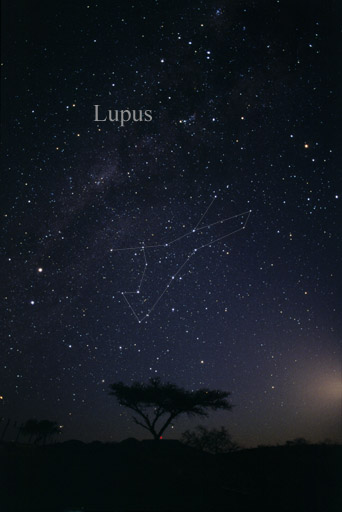Exciting (?) News :
Bestia Centauri now has a Bandcamp page.
All past Bestia Centauri releases and publicly available material, except for Teratogenesis, will be made available on this page in good-quality lossless format and in exchange for essentially nothing more than a donation.
Likewise, in due course, the composer behind Bestia Centauri (yours truly) will be making new work available under his own name through this same page.


